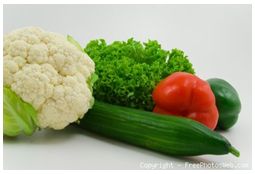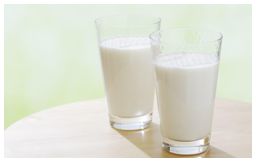3. 3 ¿How should I prepare my food?
In this lesson, we will show you some ideas on how to prepare your meals, with the objective of facilitating a varied menu. We need to suppress any non-recommended food and any cooking which includes frying or even pastry.
Group of Cereals and legume
boiled, with oil, in hot or cold salads, with vegetable or light sauce, with pesto, in a casserole with vegetables and the right choice of meats.
Permitted dough: these should be made in white flour or whole-grain flour, with liquid elements such as small quantities of oil, water and milk, skimmed or whole. We can use dough for pizza or for vegetable or fish pies or tarts.
Group of vegetables and fruit
Cooked or uncooked vegetables , in hot or cold salads, in pies, souffles, tarts, oven-baked croquettes, soup, for stuffing.
Natural fruit, in salads, compotes, oven-baked, with light jelly.

Group of milk and cheese
plain milk, uncooked or cooked, used to make light white sauce or vegetable pies. Ricotta and yogurt on their own, or used when preparing fish, vegetables or salads. For light desserts with fruit or jelly.

Group of meat and eggs
lean meat: boiled, grilled, broiled, oven-baked, or in meat pies, croquettes, hamburgers, or Pasty (turnover), in stews, in a casserole, stuffed with vegetables.
eggs: hard-boiled, poached, or as a part of cooking with other ingredients.
Group of sugar and sweets
light desserts: made out of allowed ingredients, avoiding any added fat or sugar. The natural flavour or fruits can be used seasoned or with an artificial sweetener. If we are going to cook them, we recommend you use sucralose.
Group of oils and fats
Oil should be added raw when used to prepare dough, saute, or to cover a surface for cooking/baking. In cases of using high temperatures, we recommend the use of high oleic sunflower oil.

